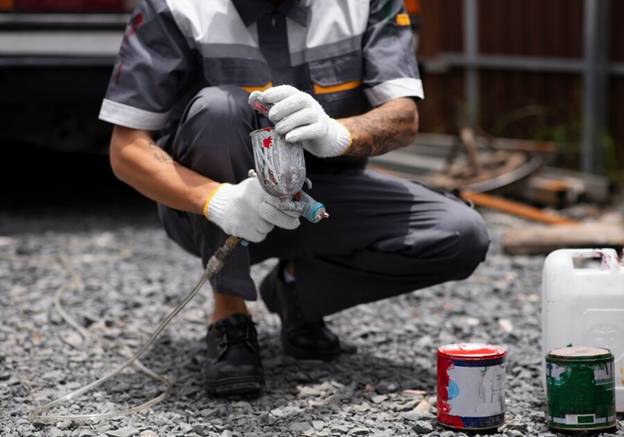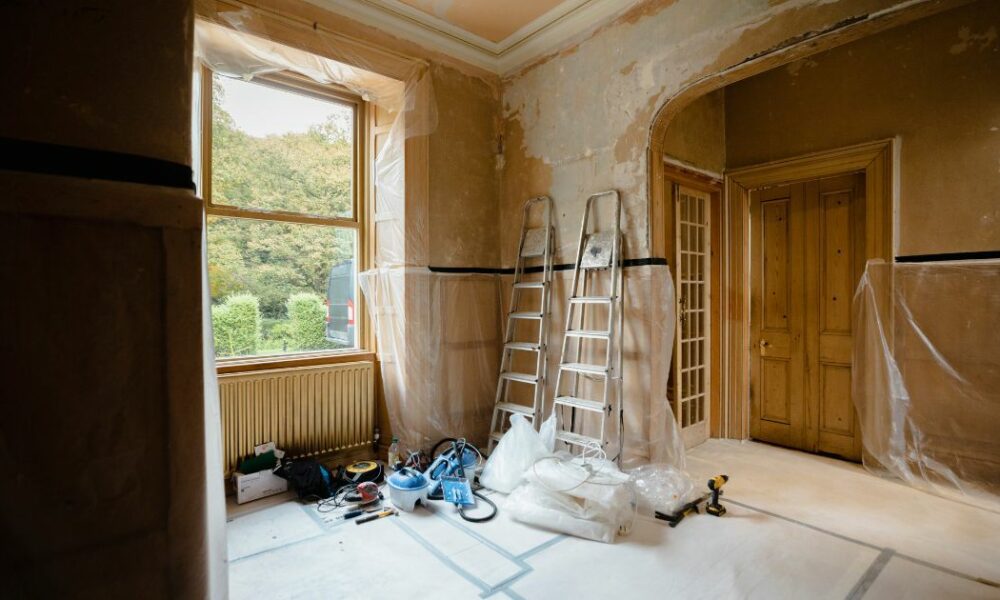Businesses suffer major flooding, professional water damage restoration is crucial to recover the structure and contents safely. In Orlando, reputable companies follow established protocols with multiple phases from immediate response through reconstruction. Understanding the complete restoration process helps flood victims know what to expect and ensure all necessary steps are taken.
-
Emergency response
Stopping the water source and extracting standing water starts immediately. Technicians arrive with truck-mounted extraction equipment to pump out as much water as possible. They may remove flooded carpets, wallboards, insulation, and other absorbent materials. Structural drying begins with air movers and dehumidifiers. The goal is to quickly reduce water content to prevent further structural issues and mold growth.
-
Documentation and inspection
All affected materials and structures are thoroughly documented with notes, photos, and video. Moisture meters, infrared cameras, and humidity sensors map the extent of water intrusion and saturation levels. HVAC systems, appliances, and electrical components are inspected for flood damage. Findings help develop a customized drying and restoration plan.
-
Environmental control
To prevent mold growth, companies install commercial dehumidification and air scrubbing systems to bring interior humidity down to 40% or below. Heavy-duty air movers facilitate evaporation. Ozone generators may be used to remove musty odors and improve indoor air quality. Strict environmental control continues 24/7 throughout restoration find more information for this website https://www.damagecontrol-911.com/.
-
Drying and decontamination
Affected materials are thoroughly dried using a strategic combination of truck-mounted vacuum systems, air movers, dehumidifiers, and other commercial drying equipment. Surfaces are cleaned with antimicrobial agents to kill bacteria and prevent mold. Contaminated absorbent materials may need disposal.
-
Structural drying
Moisture in structural components like wall framing, subfloor, and insulation can compromise integrity and encourage hidden mold growth. Companies insert drying equipment into cavities to thoroughly dry these critical structures from the inside out before reconstruction.
-
Verification and completion
Once initial drying is complete, technicians perform final moisture mapping with meters, thermal imaging and humidity sensors to ensure readings are within specifications for each material. After 2-3 days of verification, reconstruction can begin if conditions remain optimized.
-
Reconstruction
Working with general contractors, and restoration specialists to repair or replace damaged structural components, flooring, drywall, cabinets, etc. They assist with filing insurance claims and can recommend vetted Orlando contractors. Many companies also handle complete reconstruction in-house.
-
Preventative care
To prevent future flooding problems, companies may make recommendations such as drain system improvements, sump pumps, French drains, water alarms, revegetation to improve drainage, etc. Some can also install prevention systems. Addressing root causes reduces the likelihood of water intrusion recurring.
-
Contents restoration
Restoring damaged contents like furniture and personal items involves specialized cleaning, drying, deodorizing, and disinfection. Companies work to restore items or coordinate disposal and replacement if unsalvageable. The goal is to return contents to pre-loss condition.
- Monitoring and maintenance
Reconstruction, companies monitor conditions and respond promptly to any additional moisture issues that arise. They also make maintenance recommendations to keep the structure protected in the future. Ongoing monitoring ensures interior conditions remain optimized.




